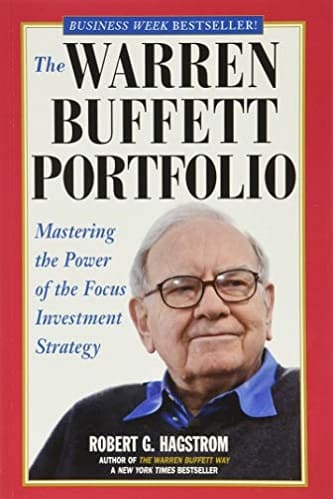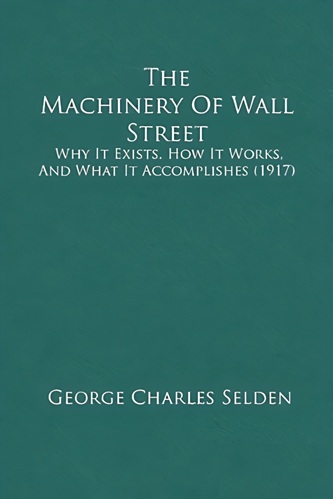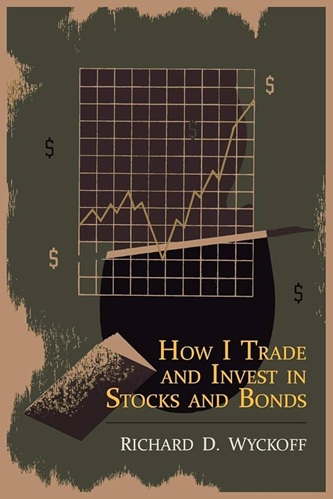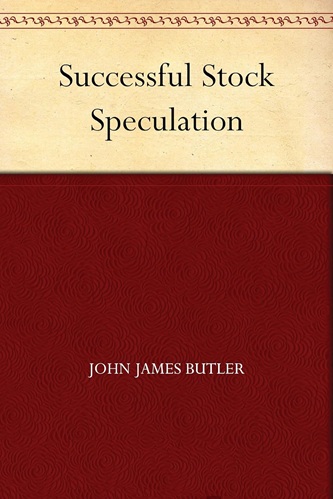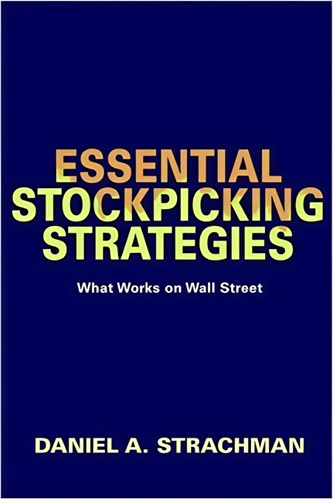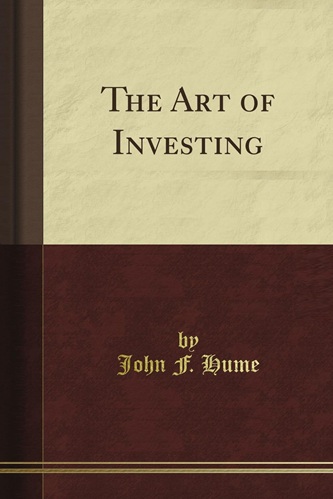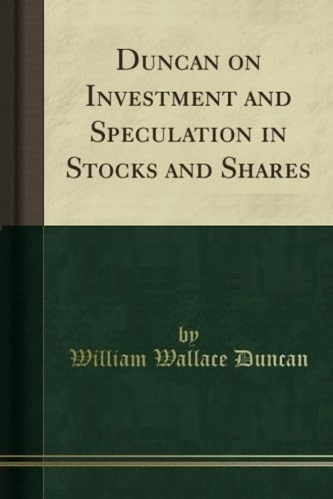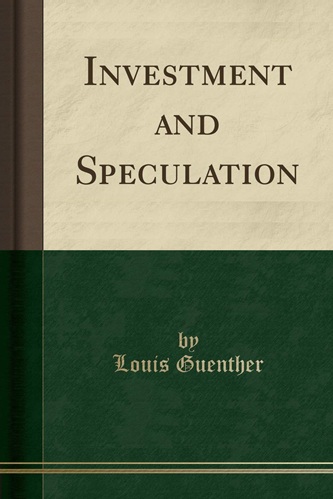The Warren Buffett Portfolio: Mastering the Power of the Focus Investment Strategy
$10.95
| Author(s) | |
|---|---|
| Format |
|
| Pages |
292 |
| Publication Year |
1999 |
With The Warren Buffett Way, Robert Hagstrom goal was to outline the investment tools, or tenets, that Warren Buffett employs to select common stocks, so that ultimately readers would be able to thoughtfully analyze a company and purchase its stock as Buffett would. The book’s remarkable success is reasonable proof that our work was helpful. With over 600,000 copies in print, including twelve foreign-language translations, he is confident the book has endured sufficient scrutiny by professional and individual investors as well as academicians and business owners. To date, feedback from readers and the media has been overwhelmingly positive. The book appears to have genuinely helped people invest more intelligently. The two companion books fit together this way: The Warren Buffett Way gives you tools that help you pick common stocks wisely, and The Warren Buffett Portfolio shows you how to organize them into a focus portfolio and provides the intellectual framework for managing it.
Introduction:
A few general comments about the structure of the book are in order. Imagine two large, not quite symmetrical segments, bracketed by an introductory chapter and a conclusion. The first chapter previews, in summary fashion, the concept of focus investing and its main elements. Chapters 2 through 5 constitute the first large segment. Taken together, they present both the academic and the statistical rationales for focus investing, and they explore the lessons to be learned from the experiences of well-known focus investors. We are interested not only in the intellectual framework that supports focus investing but also in the behavior of focus portfolios in general. Unfortunately, until now, the historical database of focus portfolios has contained too few observations to draw any statistically meaningful conclusions. An exciting new body of research has the potential to change that.
For the past two years, Joan Lamm-Tennant, PhD, and I have conducted a research study on the theory and process of focus investing. In the study, we took an in-depth look at 3,000 focus portfolios over different time periods, and then compared the behavior of these portfolios to the sort of broadly diversified portfolios that today dominate mutual funds and institutional accounts. The results are formally presented in an academic monograph titled “Focus Investing: An Optimal Portfolio Strategy Alternative to Active versus Passive Management,” and what we discovered is summarized, in nonacademic language, in Chapter 4.
In Chapters 6 through 8, the second large segment of the book, we turn our attention to other fields of study: mathematics, psychology, and the new science of complexity. You will find here the new ideas that I have learned from Ed Thorp, Charlie Munger, and Bill Miller. Some people may think it strange that we are venturing into apparently unrelated areas. But I believe that without the understanding gained from these other disciplines, any attempt at focus investing will stumble.Finally, Chapter 9 gives consolidated information about the characteristics of focus investors, along with clear guidance so that you can initiate a focus investment strategy for your own portfolio.
Contents:
- Focus Investing
- The High Priests of Modern Finance
- The Superinvestors of Buffettville
- A Better Way to Measure Performance
- The Warren Buffett Way Tool Belt
- The Mathematics of Investing
- The Psychology of Investing
- The Market as a Complex Adaptive System
- Where Are the .400 Hitters?
The Warren Buffett Portfolio: Mastering the Power of the Focus Investment Strategy By Robert G. Hagstrom pdf

